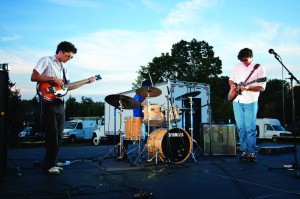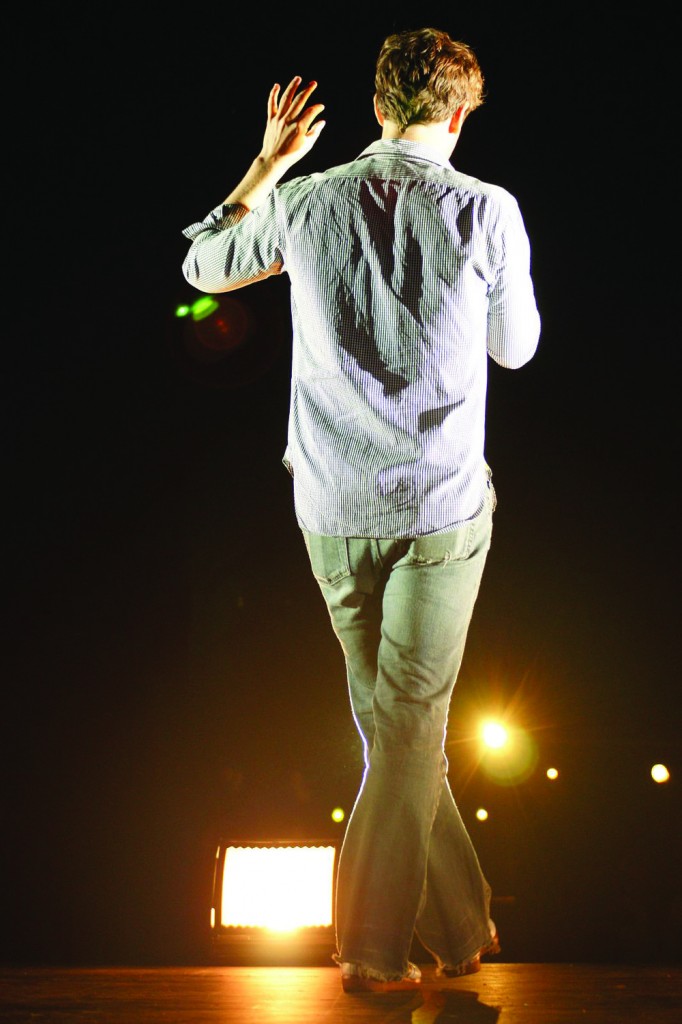By Jessica Rafalko
Writer

If you ever find yourself hyperventilating on an airplane, wracked with fear and without a Dramamine, you might hope to be seated next to Steve Krivoshik ’11. Krivoshik, a certified private pilot, is the president of the University’s flying club. The club seeks “to promote and encourage aviation in the college environment,”according to the flying club’s promotional flyer.
New to campus this year, the club’s creation was driven primarily by student interest. Krivoshik learned from Heritage Aviation, a fixed base of operation for flight in Selinsgrove, that students at Susquehanna University had already established a flying club. Working with the names obtained from Heritage, Krivoshik and his like-minded peers managed to attract approximately 20 students to the club.
Michel Ajjan ’14 learned of the club through flyers and the message center.
“I’ve always liked civil aviation … even since I was a child. I think flying is awesome, being able to be that high up in the sky and see the world from a different point of view is really cool,” Ajjan said.
Ajjan took an aviation course in high school and was a student employee at Washington Dulles International Airport. His attitudes and interests are typical of the club’s members.
“The majority [of members] are interested in someday having a private pilot certificate,” Krivoshik said.
The club offerings include screenings of aviation-themed movies like “Top Gun”; tours of airplanes, airports and towers; and the opportunity to hear professionals in the field speak. The club has also already attended one of the weekly barbecues offered by the Penn Valley Airport for aviation enthusiasts and professionals. The club intends to make these barbecues a regular outing, in an effort to keep club members in constant contact with others in the aviation field, Krivoshik said.
These activities provide both entertainment and a degree of pre-professional preparation for those interested in pursuing a career in aviation. The club intends to learn about careers such as “commercial pilot, Tower controller, Ground crew, maintenance and [airport terminal] operations,” Krivoshik said.
Though still awaiting official recognition from the University, the flying club is interested in pursuing partnerships between pre-existing clubs on campus. Aerial photography is one area of intersecting interest between aviation and art buffs, Krovshik said. The club also hopes to pursue partnerships with the business and women’s clubs as a means of exploring flight as an industry and the impact of female aviators on the field.
Associate professor of management Michael Johnson-Cramer will serve as the flying club’s adviser. An adviser’s responsibilities include “supporting our students as they take initiative, try to do interesting things and explore those activities that interest them,” Johnson-Cramer said.
The club’s activities at present are all non-flying, but both Krivoshik and Ajjan have already flown independent of the University: Krivoshik this summer while obtaining his private pilot’s certificate, and Ajjan in a class he took as a high school junior. The club supports members with dreams of flight, and may help students study for the private pilot written exam.
Interested students are encouraged to join. If the mere mention of airplanes doesn’t make your stomach drop, the flying club may be a great place to explore aviation and its related careers and hobbies.
“There are clearly many careers that can be linked to academic studies … many of which do not even involve having any time behind the controls of an airplane,” Krivoshik said.



